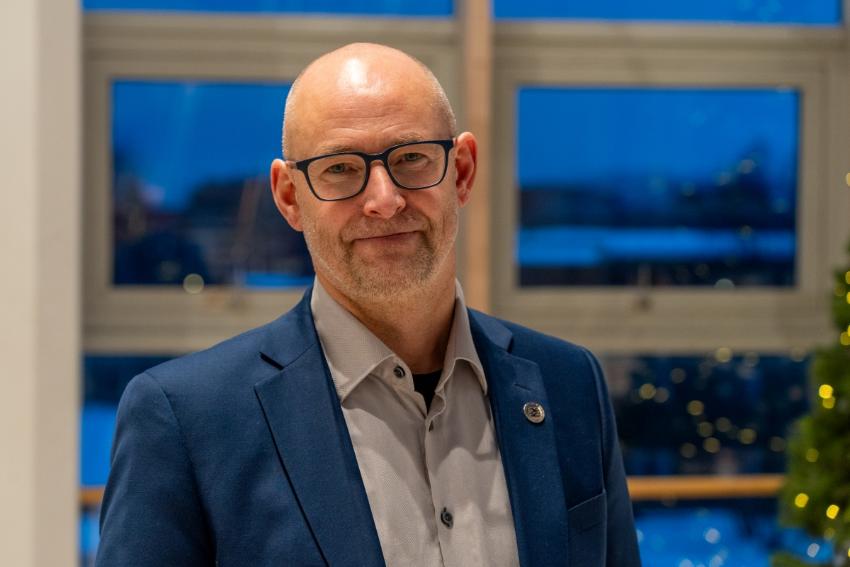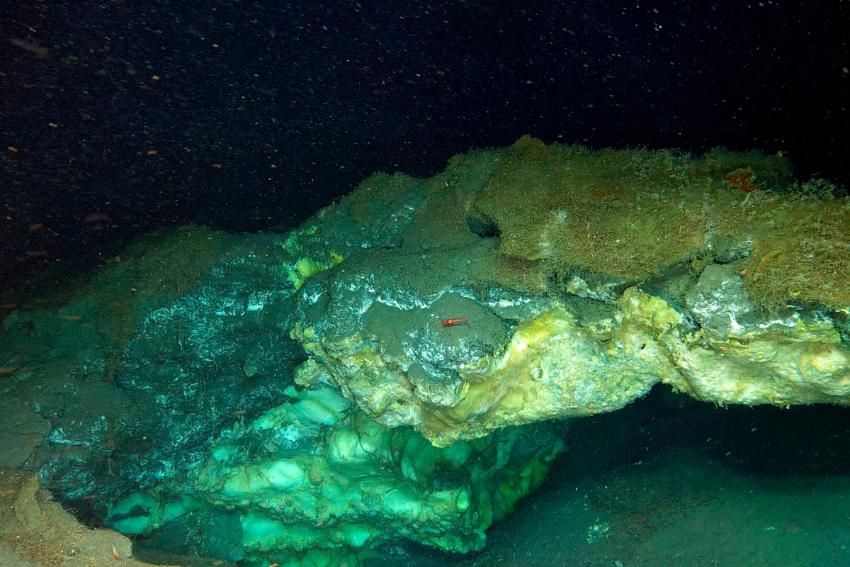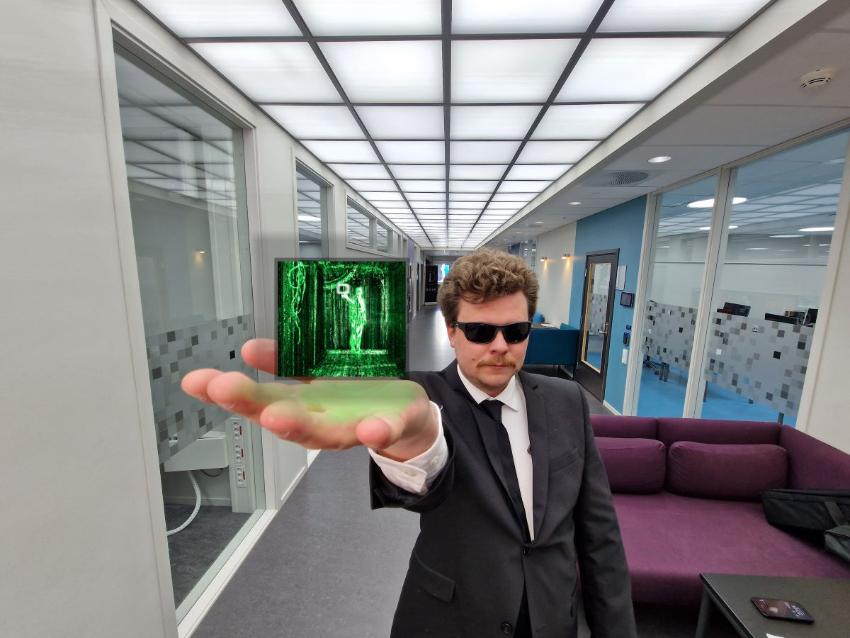UiT aukar samarbeidet med Université Laval i Canada
Dei to største nordlege forskingsuniversiteta i Canada og Noreg, Université Laval i Québec og UiT Noregs arktiske universitet, styrker samarbeidet med seks nye forskingsprosjekt.
(English below)
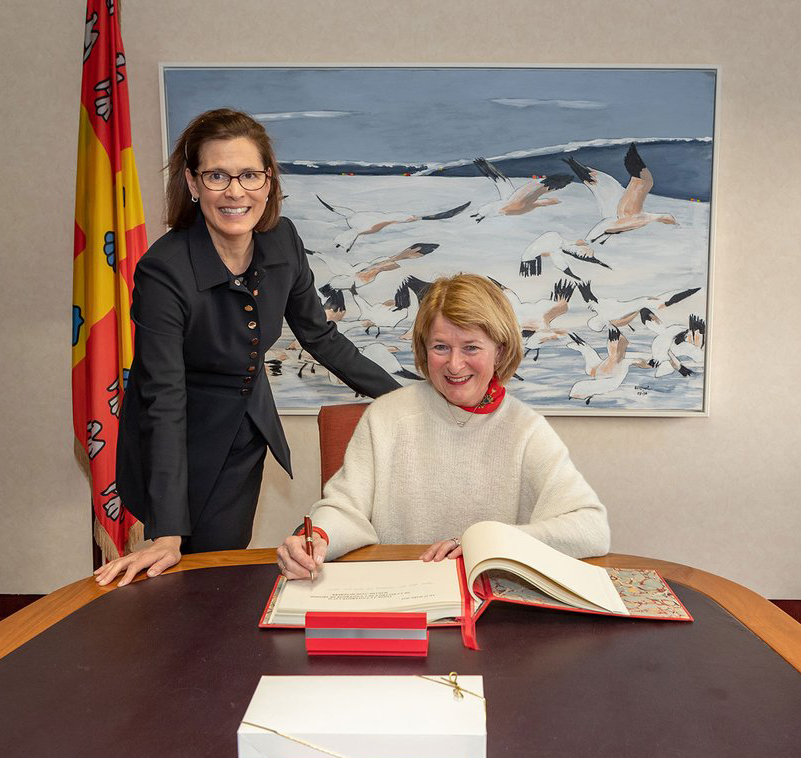
Dei nye forskingsprosjekta bygger på kompetansen til forskingsgruppene til 26 professorar innan arkitektur, biologi, biokjemi, ingeniørfag, medisin, oseanografi og fysikk. Desse internasjonale prosjekta omfattar bidragsytarar og partnarar i Canada, Frankrike, Noreg, Skottland og USA.
Kvar av dei seks prosjekta blir likt finansierte av UiT og Université Laval (UL) gjennom Sentinel North program - og vil få 1,45 millionar kroner over tre år, noko som gjer ein totalsum på nær 8,7 millionar kroner.
Forskingsprosjekta er eit konkret resultat av ein samarbeidsavtale dei to institusjonane fornya i juni 2018. Avtalen vart opprinneleg inngått i 2009, og har til formål å oppmuntra til samarbeid- og tverrfaglig forsking, og dessutan videreutvikle banda mellom dei to universiteta. Det inneber mellom anna å samarbeide om arktisk forsking, studentutvekslingar, internasjonale forskingsekspedisjonar og store, internasjonale konferansar i Arktis.
Samlar kompetanse
– Universiteta våre innser kor viktig det er å bygga sterke band for å undersøka det sirkumpolare Arktis, og dessutan å trena opp neste generasjon forskarar.
Det sa rektor Sophie D'Amours ved Université Laval og rektor Anne Husebekk ved UiT, då sistnemnde besøkte Université Laval saman med ein UiT-delegasjon tidlegare denne veka.
– Avtalen og dei nye fellesprosjekta stadfestar engasjementet vårt for å utvikla og halda oppe dette internasjonale partnarskapet, og å samla kompetansen vår for betre å kunna forstå den raske utviklinga av Arktis og innverknaden ho har på økosystem og helse frå eit berekraftig utviklingsperspektiv, seier dei to.
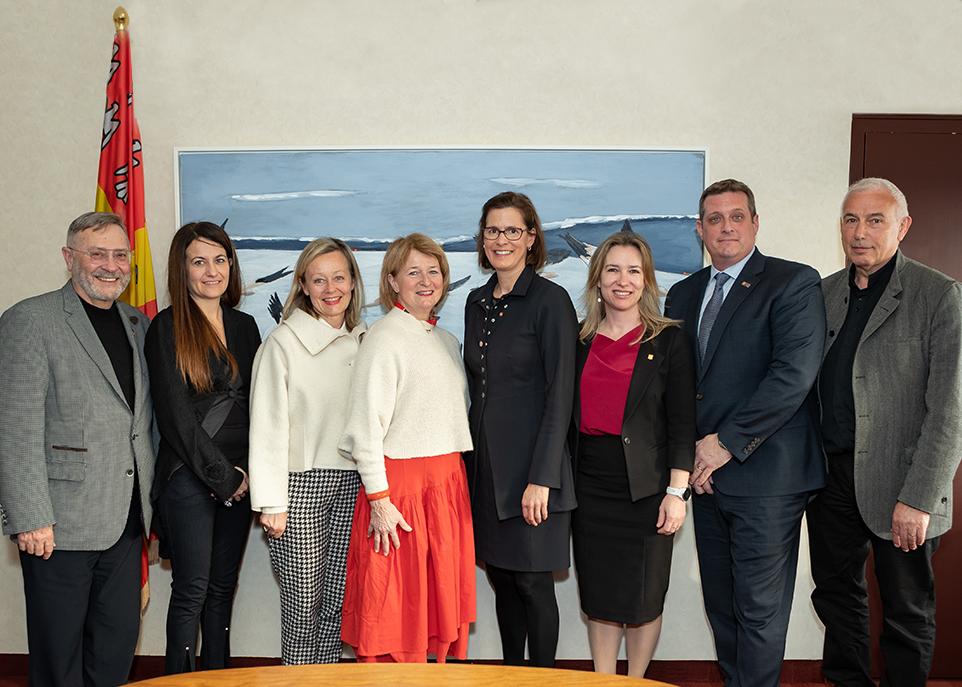
Internasjonale og tverrfaglege forskingsprosjekt
Dei seks forskingsprosjekta vil bli leidde av dugelege og erfarne forskarar frå UL og UiT.
- Professorane Pierre Ayotte (UL) og Torkjel M. Sandanger (UiT) går saman med kolleger for å etablera eit internasjonalt samarbeidsnettverk som har til formål å oppdaga nærvær av nye forureiningar i sirkulære område, overvaka evolusjonen over tid og vurdera kva for risiko befolkninga som bur i desse regionane har for å bli eksponerte av forureiningen.
- Teamet leidde av professorane Marcel Babin (UL) og Jørgen Berge (UiT) skal samarbeida for å få en betre forståelse av kva for ein innverknad lysvariabilitet har på den biologiske produksjonen i isdekka, arktisk hav. Det skal dei gjera ved å utvikla og bruka marin robotikk, autonome undervassfartøy og avansert optisk teknologi.
- Professorane Louis Fortier (UL) og Malin Daase (UiT) og kollegaene deira vil prøva å forstå korleis ulikee arter av hummar, som er eit nøkkelsamband i den arktiske matkjeden, responderer på endringar i lyssyklus, vasstemperaturar og isdekke. Formålet er å kunne forutsi mykje betre den framtidige åtferda til desse organismane i eit arktisk hav som er i endring.
- Eit team som vert leidd av professorane Louis Gosselin (UL) og Raymond Riise (UiT) skal utvikla bygningar med høg energieffektivitet tilpassa miljø og klimatiske forhold i Arktis, samstundes som ein tek omsyn til dei kulturelle og sosioøkonomiske realitetane hos befolkningan som bur der.
- Professorane Frederic Maps (UL) og Sünnje Basedow (UiT) vil samarbeida med kolleger for å kombinera kunstig intelligens, fjernkontroll og bildeanalyse for å gjennomføra den aller første storskala-observasjonen av ulike arter av copepods av slekten Calanus, ein type av zooplankton som speler ei avgjerande rolle i økosystemet i det nordlege havet.
- I tillegg vil professorane Johann Lavaud (UL) og David Hazlerigg (UiT) og teamet deira undersøka døgnrytmen og den biologiske klokka til to arktiske, marine artar som har stor økologisk og økonomisk tydning for fleire sirkumpolare populasjonar: algar (Fragilariopsis cylindrus) og atlanterhavslaks.
Growing collaboration between the two largest northern research universities in Canada and Norway
The two largest northern research universities in Canada and Norway—Université Laval in Québec City and the University of Tromsø - The Arctic University of Norway (UiT) in Tromsø —are stepping up their collaboration with six new research projects that will draw on the expertise of teams of 26 professors in architecture, biology, biochemistry, engineering, medicine, oceanography, and physics. These international projects involve contributors and partners in Canada, France, Norway, Scotland, and the United States.
Each project will be funded in equal part by UiT and Université Laval—through its Sentinel North program—and will receive $225,000 over 3 years for a total investment of $1.35 million. These research projects are a concrete outcome of a partnership agreement the two institutions renewed in June 2018.
Originally signed in 2009, the agreement aims to encourage collaborative and transdisciplinary research and further strengthen ties between the two universities, who innovate together in the field of Arctic research and organize student exchanges, international research expeditions, and major international conferences on the Arctic.
“Our universities recognize how important it is to build strong ties to research the circumpolar Arctic and train the next generation of scientists,” said Université Laval president Sophie D’Amours and UiT president Anne Husebekk during the Norwegian delegation’s visit to Université Laval earlier this week. “The renewed agreement and new joint projects confirm our commitment to developing and maintaining this international partnership and to pooling our expertise to better understand the rapid evolution of the Arctic and its impacts on ecosystems and human health from a sustainable development perspective.”
International and transdisciplinary research projects
Professors Pierre Ayotte (UL) and Torkjel M. Sandanger (UiT) will work with their colleagues to establish an international cooperative network to detect the presence of emerging contaminants in circumpolar regions, monitor their evolution over time, and assess the risks of exposure for populations living in those regions.
The team led by Professors Marcel Babin (UL) and Jørgen Berge (UiT) will develop a better understanding of the impact of light variability on the biological production of ice-covered Arctic seas by developing and using marine robotics, autonomous underwater vehicles, and advanced optical technologies.
Professors Louis Fortier (UL) and Malin Daase (UiT) and their colleagues will seek to understand how different species of copepods—tiny crustaceans that are a key link in the Arctic food chain—respond to changes in light cycles, water temperatures, and ice cover in order to better predict the future behaviour of these organisms in a changing Arctic Ocean.
The team led by Professors Louis Gosselin (UL) and Raymond Riise (UiT) will develop high energy efficiency buildings adapted to the environmental and climatic conditions of the High Arctic, while taking into account the cultural and socioeconomic realities of the populations living there.
Professors Frederic Maps (UL) and Sünnje Basedow (UiT) will work with their colleagues to combine artificial intelligence, remote sensing, and image analysis to conduct the first-ever large-scale observation of different species of copepods of the genus Calanus, a type of zooplankton that plays a crucial role in the ecosystem of the northern seas.
In addition, Professors Johann Lavaud (UL) and David Hazlerigg (UiT) and their team will seek to better understand the circadian rhythm and chronobiology of two Arctic aquatic species that are of great ecological and economic importance to several circumpolar populations: the Arctic diatom Fragilariopsis cylindrus and the Atlantic salmon.
